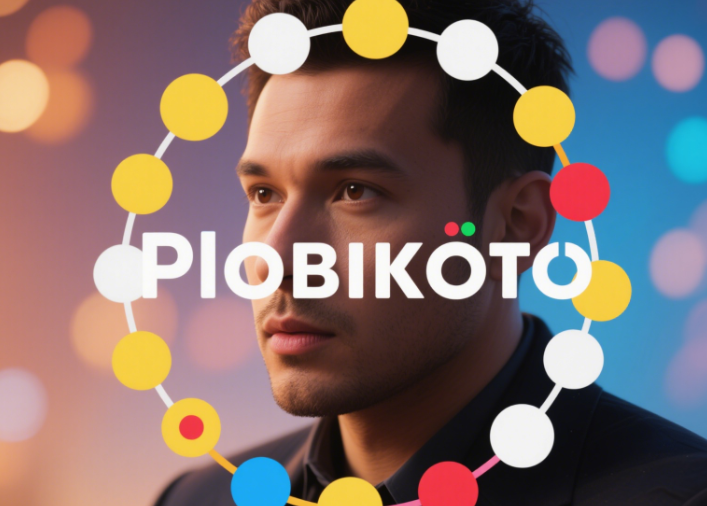Polkadot, the brainchild of Ethereum co-founder Gavin Wood, has emerged as a trailblazer in the blockchain space, addressing two of the most critical challenges facing decentralized networks: interoperability and scalability. Designed to connect multiple blockchains into a unified ecosystem, Polkadot (DOT) is not just another cryptocurrency—it’s a protocol for the future of Web3, enabling seamless communication between disparate networks while maintaining security and decentralization. In this comprehensive guide, we delve into Polkadot’s core innovations, its growing ecosystem, and why it’s poised to reshape the blockchain landscape.
The Polkadot Architecture: How It Works
Polkadot’s unique design revolves around a relay chain that acts as the central hub, connecting multiple parachains—independent blockchains optimized for specific use cases. This modular structure allows each parachain to operate with its own consensus mechanism, governance rules, and transaction speeds, while the relay chain ensures cross-chain interoperability and shared security. Key features include:
- True Interoperability: Polkadot’s XCM (Cross-Consensus Message Format) protocol enables the transfer of any data or asset (not just tokens) between parachains and external blockchains like Ethereum or Bitcoin. This opens the door to cross-chain DeFi, NFTs, and decentralized applications (dApps) that can leverage multiple networks’ strengths .
- Scalability: By distributing transactions across parallel parachains, Polkadot achieves economic scalability (shared security) and transactional scalability (high throughput). Unlike Ethereum’s single-chain model, Polkadot’s architecture avoids bottlenecks, supporting thousands of transactions per second .
- Flexible Blockchain Development: Using Substrate, a blockchain-building framework, developers can create custom parachains in minutes. This lowers the barrier to entry for innovators, fostering a vibrant ecosystem of projects .
The DOT Token: Powering the Network
Polkadot’s native token, DOT, plays four crucial roles:
- Governance: Token holders vote on protocol upgrades and network changes through on-chain governance, ensuring decentralized decision-making.
- Bonding: Projects stake DOT to secure parachain slots, locking tokens to prevent malicious behavior.
- Security: DOT holders can participate in staking, earning rewards for validating the network.
- Interoperability: DOT is used to pay fees for cross-chain transactions, ensuring smooth communication between parachains .
Polkadot’s Ecosystem: A Thriving Community
With over 510+ projects and 1,167 new developers joining in 2024 alone, Polkadot’s ecosystem is one of the most dynamic in Web3 . Key projects include:
- DeFi: Acala (a decentralized finance platform), Basilisk (yield farming), and Bifrost (liquid staking).
- NFTs: Unique Network (NFT infrastructure), Parallel Finance (NFT marketplaces).
- Gaming: Astar (multi-chain dApp platform), Phala Network (privacy-focused gaming).
- Enterprise Solutions: Edgeware (governance tools), Centrifuge (real-world asset tokenization).
Polkadot’s partnerships further solidify its position. In 2024, it became the official global training partner of Inter Miami CF, featuring its logo on team jerseys—a testament to its growing mainstream appeal .

2025 Roadmap: Innovation at Scale
Polkadot’s 2025 roadmap outlines game-changing upgrades:
- EVM Compatibility: With Solidity smart contract support on the Asset Hub, developers can port Ethereum dApps to Polkadot, leveraging its scalability and security without rewriting code.
- Polkadot Virtual Machine (PVM): Built on RISC-V architecture, the PVM enhances performance and flexibility, enabling complex decentralized applications.
- Elastic Scaling: Dynamically allocates resources to meet demand, ensuring Polkadot can handle millions of users and transactions.
- XCM v5: Streamlines cross-chain communication, reducing fees and improving efficiency .
These updates position Polkadot as a layer-1 infrastructure leader, competing with Ethereum and Cosmos while offering unmatched interoperability.
Why Polkadot Matters for Investors and Developers
- Investors: DOT’s deflationary model and growing adoption (e.g., partnerships with major brands) suggest long-term value. Its $56.92 billion market cap (as of April 2025) reflects confidence in its vision .
- Developers: Substrate’s ease of use and Polkadot’s shared security make it ideal for building scalable, interoperable dApps. The ecosystem’s $1.33 billion treasury funds innovative projects, further incentivizing participation .
Conclusion: The Future of Web3
Polkadot is not just a blockchain—it’s a network of networks, enabling a decentralized internet where data and assets flow freely. With its focus on interoperability, scalability, and developer empowerment, Polkadot is primed to lead the Web3 revolution. Whether you’re an investor eyeing the next big opportunity or a developer building the future, Polkadot’s ecosystem offers unparalleled potential.
Stay ahead of the curve with Bitora’s real-time Polkadot insights and market analysis. Visit Bitora to explore the latest trends in crypto and blockchain.
Disclaimer: This article is for informational purposes only and does not constitute financial advice. Always conduct your own research before investing.









Leave A Reply